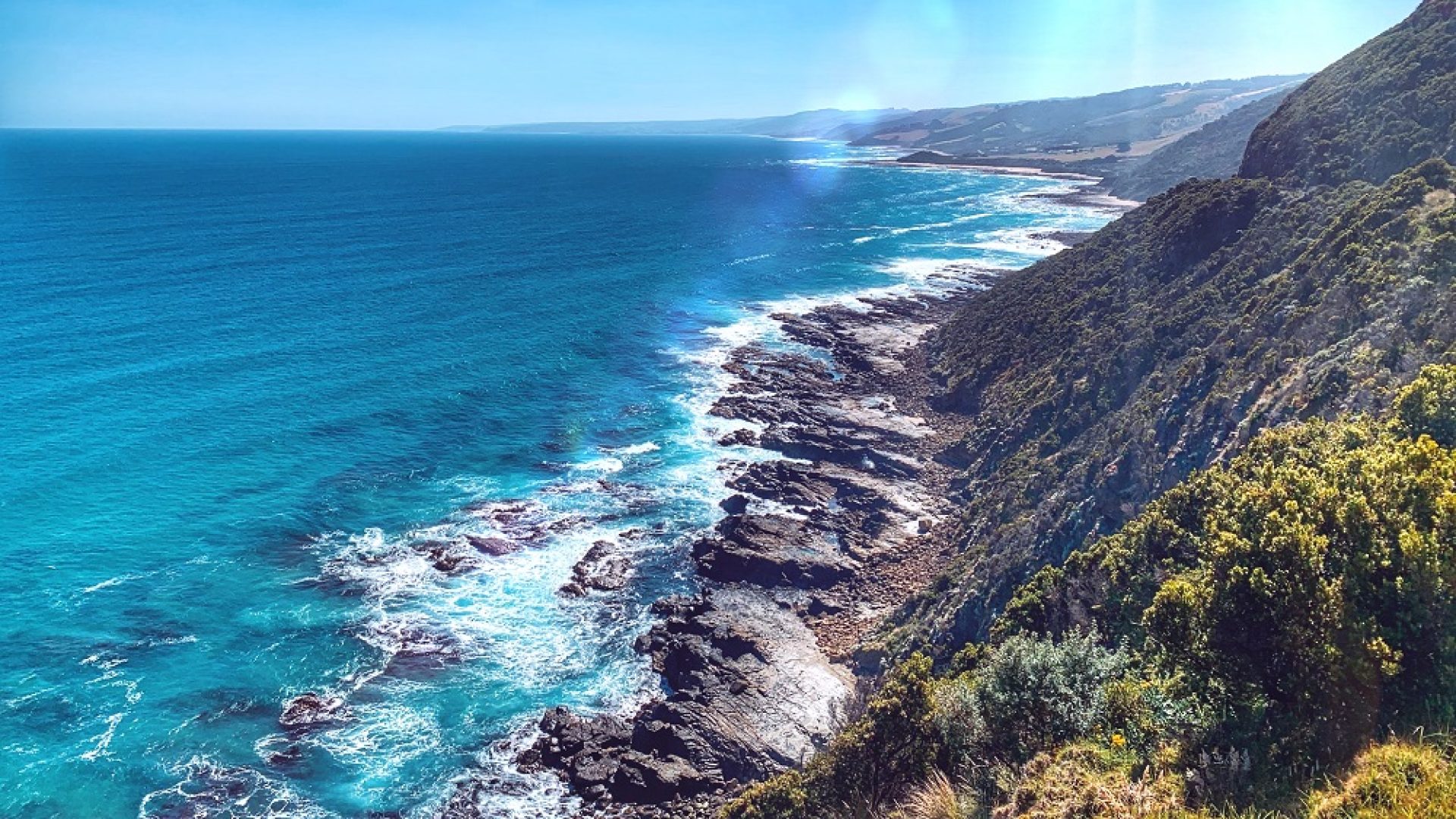When visiting Australia one of the big reasons always at the top of the bucket list is to check out our amazing, unique and varied wildlife. Koalas are definitely one of the must see animals on your visit and we more often than not get to check out these cute critters in the wild on our Great Ocean Road Tours. We also see them at the Wildlife Sanctuary and Koala Conservation Centre on our Phillip Island Tours. Want to learn more about your new favourite furry friend? Read on!
What is a Koala?
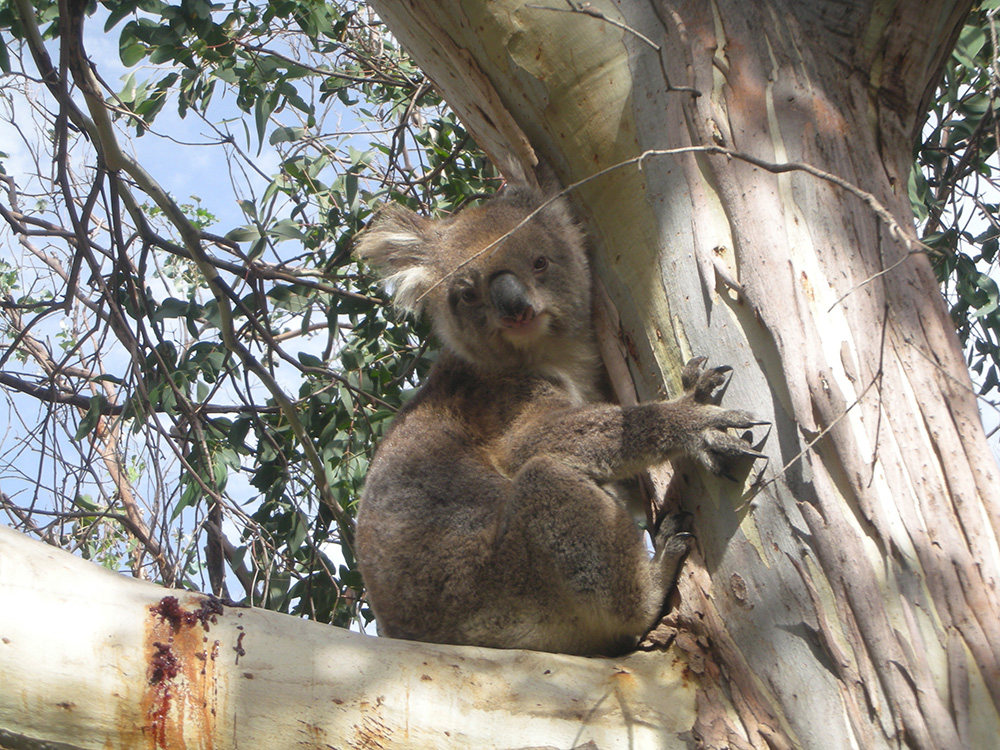
Although they are sometimes mistakenly referred to as being a bear, they are definitely not! Koalas are Marsupials
which is a sub species of Mammals! Mammals are creatures that can produce milk and give birth to live young and Marsupials are Mammals that carry their young in a pouch! Unlike mammals which carry their young in the womb until they are well developed
and ready to enter the world, a marsupial gives birth to very underdeveloped young that attach themselves to their mothers teet and develop more for weeks to months in the pouch!
Other Marsupials in Australia that you may have heard of include wombats, echidnas, kangaroos, wallabies, bandicoots and tasmanian devils. In fact there are 330 Marsupials!
Koala Breeding Habits
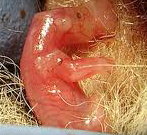
Female Koalas Begin Breeding at 3 to 4 years of age and breeding season generally runs from August until February. Male Koalas make a strong bellowing sound to gain the attention of females and let them know they are looking for a mate and also secrete a dark liquid out of a cavity in their chest that is also an attractant. Unfortunately they are not the most romantic of creatures and if camping in a highly populated area of Koalas you will often hear the females screeches as they try to fight off Male advances.
The gestation period is only around 35 days at which time the female will give birth to a joey which is an underdeveloped baby only about 2 centimetres long, 1 gram in weight and looks like a pink jelly bean! It hasn’t yet developed, fur, opened its eyes or grown ears! All of that is done while in the pouch.
Development
After being born the Joey will use its sense of smell to make its way into the mother’s pouch and attach itself to her
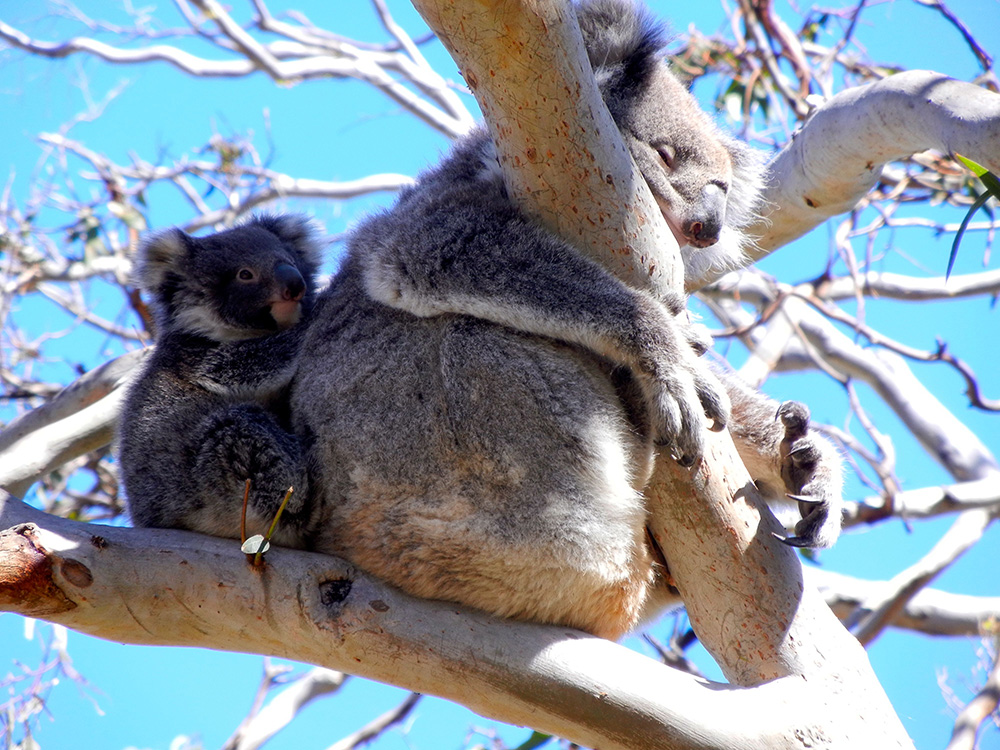
nipple. It will spend 13 weeks attached feeding, open its eyes at 22 weeks and develop teeth at 24 weeks. About this time it will start feeding on a “pap” which is made by the mother. She creates this by mixing her droppings with Eucalyptus leaves, the combination acts kind of like a booster shot for the baby as it contains microorganisms and enzymes that are vital for being able to digest the eucalypt leaves that Koalas feed on.
At about 7 months of age the baby will start venturing out and hanging off the mothers back, if it’s cold it will hold on to the mothers stomach. After approximately a year the Koala is fully independent and no longer needs its mother.
Where do Koalas live and what do they eat?
Thanks to possessing very sharp claws and strong arms they are able to live in the very source of there food – The eucalyptus tree! There are approximately 700 species of the Eucalyptus tree but Koalas only eat the leaves from 40-50 of them as they are fussy and only want to eat the varieties with the most nutrients in them. They have a large piece of cartilage in their backside which is why they are able to stay in the same position for a long time without feeling discomfort.
Are they high?
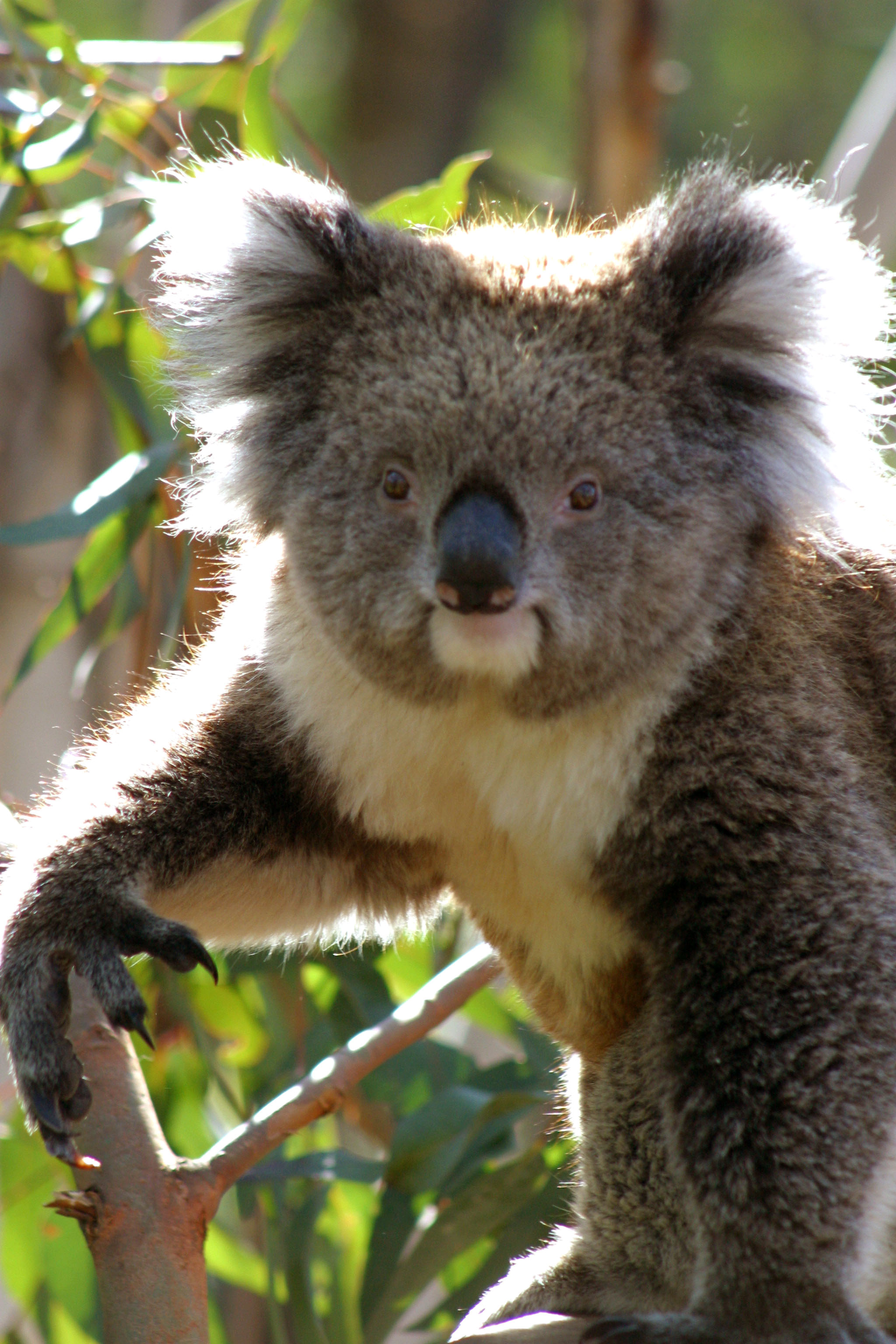
No Koalas are not high though many Aussies like to tell this cheeky tale to international visitors. The name Koala is actually an aboriginal word that roughly translates to “no-drink”. Their diet only consists of Eucalypt leaves which are 50% water so they get all the water and nutrients their bodies require from eating the leaves as well as the due on them in the morning. They have been known however to approach humans for water in cases of extremely hot temperatures 40 degrees and higher.
The Eucalypt leaves are actually toxic and Koalas are one of only a few animals that can digest them thanks to the pap that the mother feeds them while they are developing. But because they are only eating the leaves and their body is spending so much energy digesting the toxins they end up sleeping 20 or more hours a day to recover energy. They’re not high, just tired!
Do all Koalas have chlamydia?
Yes, almost all wild populations of Koalas have the infection as they are highly susceptible to it unfortunately and it is one of the natural threats to the species. Other threats include wild animals such as dingoes and feral cats and dogs as well as deforestation. One exception to this rule is the population of Koalas on French island.
A small amount of koalas were introduced to French island at the end of the 1800’s all without chlamydia and they regularly double their population size every 3 to 4 years. Koalas are one of the only animals in the world that will continue to breed even if there is scarce food and resources available. Because the population on french island is disease free these koalas are often used to repopulate areas where the numbers are dwindling. Recently 400 koalas were relocated to King lake and all the koalas in the Otway National park are also from French island.
Where can I see Koalas?
Koalas live throughout Australia and populations numbers depend on the area. Koalas further south in New south wales and Victoria are larger due to the colder temperatures and further north in Queensland they are smaller and more docile due to the much warmer temperatures.
There are many wildlife parks where you can view koalas including Moonlit Sanctuary on our Phillip Island tours or if you want to see a Koala in its natural habitat in the wild then come with us on a Great Ocean Road tour!

